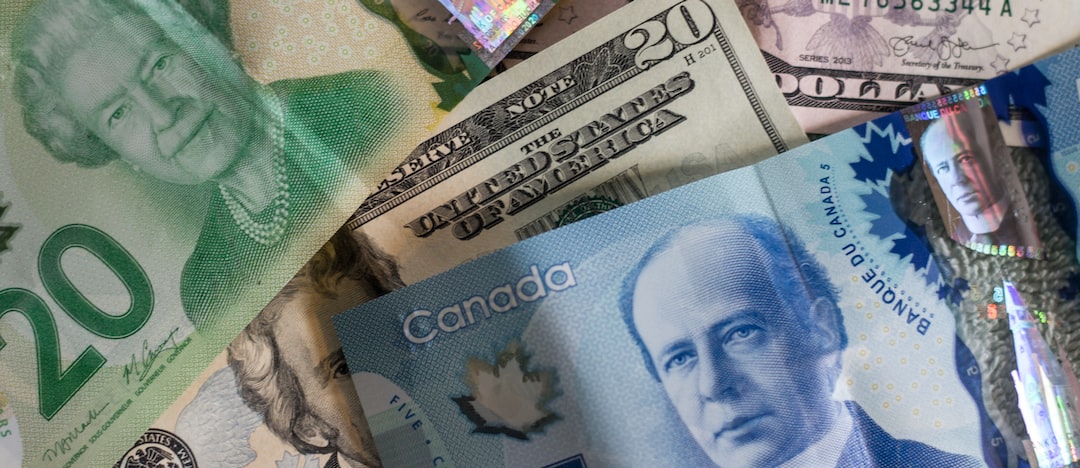Breaking Down the Jargon: How Forex Trade Works Terminology
Forex trading, also known as foreign exchange trading, is the process of buying and selling currencies in the global marketplace. It is the largest and most liquid financial market in the world, with trillions of dollars being traded every day. As with any specialized field, forex trading has its own set of terminology that can seem confusing to beginners. In this article, we will break down some of the jargon associated with forex trade and explain how it works.
1. Currency Pair: In forex trading, currencies are always traded in pairs. The first currency in the pair is called the base currency, while the second currency is called the quote currency. For example, in the EUR/USD pair, the euro is the base currency and the US dollar is the quote currency. The value of the currency pair represents how much of the quote currency is needed to buy one unit of the base currency.
2. Bid and Ask Price: The bid price is the price at which a trader can sell a currency pair, while the ask price is the price at which a trader can buy a currency pair. The difference between the bid and ask price is known as the spread, and it represents the cost of the trade.
3. Pips: A pip stands for “percentage in point” and is the smallest unit of measurement in forex trading. It represents the fourth decimal place in most currency pairs. For example, if the EUR/USD currency pair moves from 1.1000 to 1.1001, it has moved one pip.
4. Leverage: Leverage allows traders to control larger positions in the market with a smaller amount of capital. It is expressed as a ratio, such as 1:100 or 1:500. For example, with a leverage ratio of 1:100, a trader can control a position worth $100,000 with only $1,000 of capital.
5. Margin: Margin is the amount of money required to open and maintain a leveraged position. It is usually expressed as a percentage of the total position value. For example, if the margin requirement is 2%, and a trader wants to open a position worth $100,000, they would need to have $2,000 in their trading account.
6. Stop Loss: A stop-loss order is an instruction to automatically close a trade at a certain price level to limit potential losses. It is used to protect against adverse market movements.
7. Take Profit: A take-profit order is an instruction to automatically close a trade at a certain price level to secure potential profits. It is used to lock in gains when the market moves in the trader’s favor.
8. Long and Short Positions: When a trader takes a long position, they are buying a currency pair with the expectation that its value will increase. In contrast, when a trader takes a short position, they are selling a currency pair with the expectation that its value will decrease.
9. Liquidity: Liquidity refers to the ease with which an asset can be bought or sold without causing significant price movements. The forex market is highly liquid, meaning that there is a large number of buyers and sellers, and trades can be executed quickly and at competitive prices.
10. Fundamental and Technical Analysis: Fundamental analysis involves analyzing economic, political, and social factors that can affect currency values. Technical analysis, on the other hand, involves analyzing historical price data and using indicators to predict future price movements.
Understanding these forex trade terminologies is essential for anyone looking to enter the forex market. By familiarizing yourself with these terms, you will be better equipped to navigate the complexities of forex trading and make more informed trading decisions.






